Videos - General Information

Video 95: Enlarged Prostate: Less Invasive Surgeries
Enlarged Prostate: Less Invasive Surgeries What is Less Invasive Surgery? Less invasive or minimally invasive surgeries for managing an enlarged prostate are procedures performed through

Video 94: Enlarged Prostate Medication Awareness
Diverse Treatment Options: There are different groups and types of medications available for the treatment of an enlarged prostate. These should only be prescribed by

Video 93: Enlarged Prostate Treatment Options
For an enlarged prostate with symptoms, we advise different types of management, such as: Lifestyle modifications Certain medications including herbal options Various minimally invasive procedures
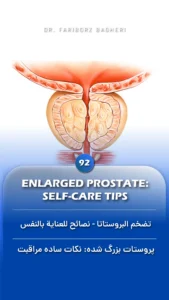
Video 92: Enlarged Prostate Self care Tips
Mild prostate symptoms can be managed by following these simple tips: Try to avoid drinking a lot of water at once. Drink water in smaller

Video 91: Enlarged Prostate Symptoms
The most common symptoms of an enlarged prostate can be summarized as follows: More frequent need to pass urine, usually every 1 to 2 hours.

Video 90: Enlarged Prostate!
In general, there is no “normal” prostate size. There are different sizes of prostates, and naturally, with age, prostate size also increases. Not all enlarged
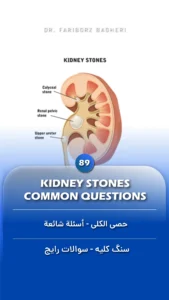
Video 89: Kidney Stones – Common Questions
Kidney Stones – Common Questions What causes kidney stones? Kidney stones form when your urine has too many minerals and salts and not enough water
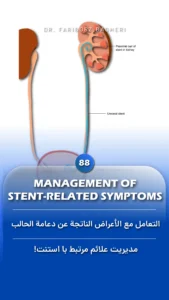
Video 88: Management of Stent Related Symptoms
Do you have symptoms due to the ureteral stent? No worries. We have some advice. One important thing is to drink more water and empty
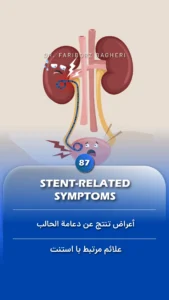
Video 87: Stent Related Symptoms!
In many kidney and ureteral stone surgeries, we use a stent. A stent is a plastic tube with one end in the kidney and the
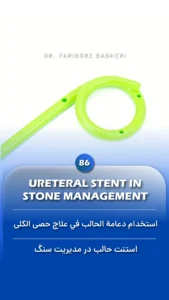
Video 86: Ureteral Stent in Stone Management!
In most stone surgeries, a ureteral stent is used. A ureteral stent is a small plastic tube inserted into the ureter to facilitate the passage

Video 85: Surgery for Big Kidney Stones!
Big stones in the kidney typically have a branching shape, looking like the horn of a stag (a male deer), which is why these stones
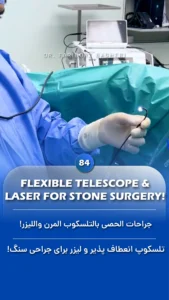
Video 84: Flexible Telescope & Laser for Stone Surgery!
We have different types of surgeries for stone management, depending on the size, location, and number of the stones. If the stone is in the
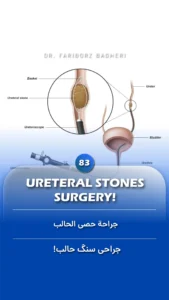
Video 83: Ureteral Stones Surgery!
A stone in the ureter. The ureter is a thin tube between the kidney and the urinary bladder. If there is a stone in the

Video 82: Traditional Stone Surgery!
These are some stones that we removed from the urinary bladder and also from the kidneys. In the past, we used to do open surgery

Video 81: Kidney Stones All Require Treatment
Not all kidney or ureteral stones need immediate, active treatment. In the case of small stones in the kidney or ureter, usually we recommend follow-up
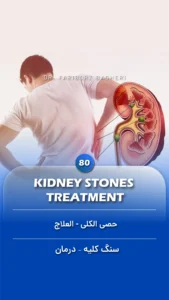
Video 80: Kidney Stones – Treatment
Treatment of kidney and ureteral stones depends on several factors including: Symptoms of the stone Size of the stone Location of the stone Duration of
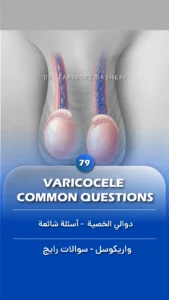
Video 79: Varicocele – Common Questions
Do we have to treat all diagnosed varicoceles? No, usually we do not recommend any treatment for a varicocele if there is no pain and

Video 78: Varicocele Post Surgery Care
After a varicocele operation, similar to many other surgeries, depending on the type of anesthesia and the specific procedure, we typically recommend fasting for at
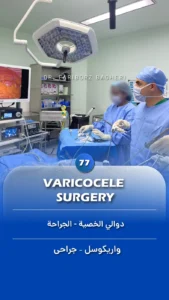
Video 77: Varicocele – Surgery
There are two main types of daycare surgeries for the treatment of varicoceles. One is called microscopic varicocelectomy, in which a small incision of about
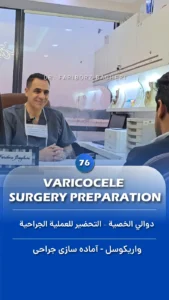
Video 76: Varicocele – Surgery Preparation
Preparation for varicocele surgery, similar to many other procedures performed under anesthesia, requires some advice. Among the most important recommendations is to avoid foods that

Video 75: Infertility – Common Questions
Question: Can cigarette smoke affect sperm? Yes, many studies have shown that regular smoking affects sperm in several ways: it causes sperm cells to be